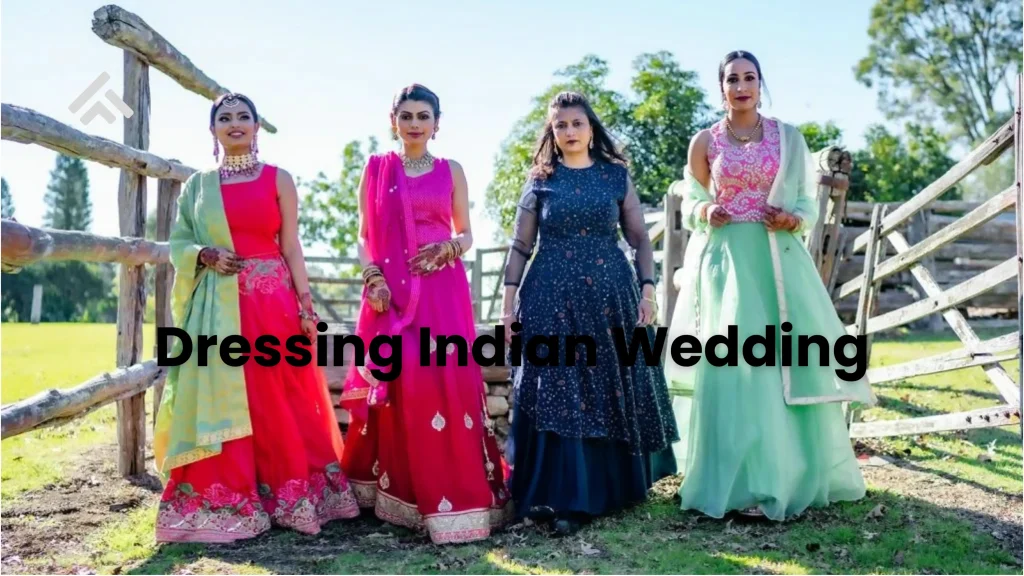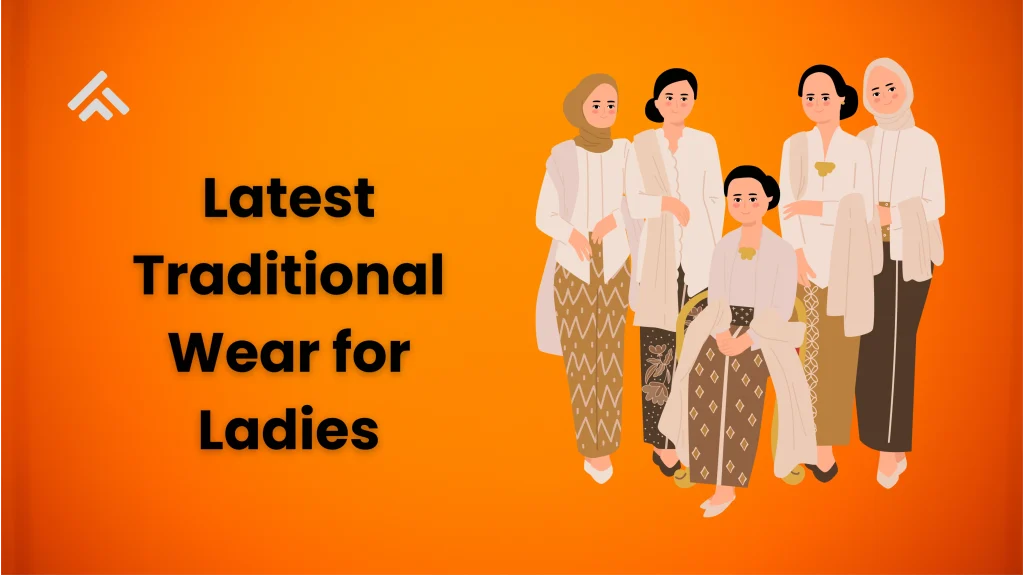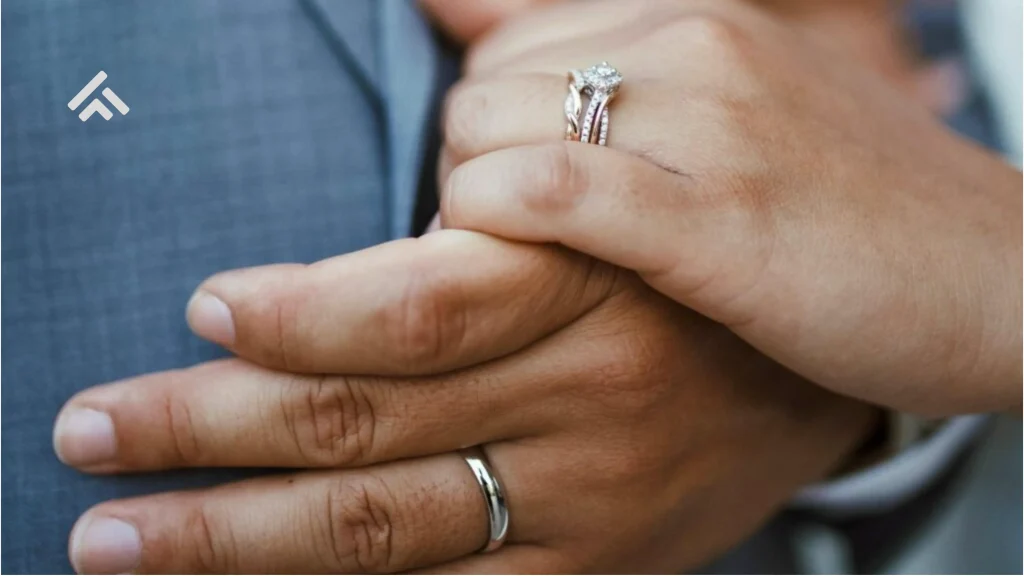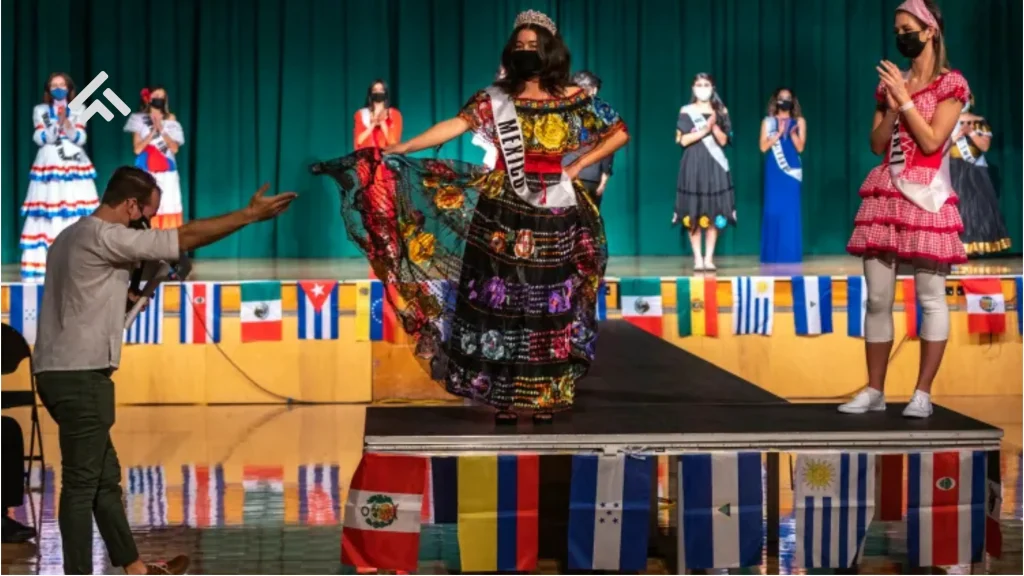Indian weddings are full of tradition. Each event has a special meaning. Families follow customs that have been passed down for generations. These traditions show respect for culture and bring everyone together. It’s not just about two people getting married. It’s about joining families and celebrating roots.
The wedding is filled with color, music, and joy. Each ceremony has its own rituals, outfits, and symbols. Guests wear bright clothes, enjoy tasty food, and take part in dances and prayers. These weddings are big, emotional, and full of life. They are a perfect mix of love, tradition, and happiness.
Table of Contents
What Men Should Wear
Sherwani for a Royal Look
A sherwani is a long, coat-style outfit worn over churidar pants. It is one of the most popular choices for the main wedding ceremony. Sherwanis often feature embroidery, beads, or thread work. They give a rich, royal appearance and suit grand events. Adding a matching stole or dupatta enhances the overall look.
Kurta Pajama for Simpler Events
A kurta pajama is simple, comfortable, and great for events like the mehndi or sangeet. It includes a long tunic (kurta) and pants (pajama). You can choose from cotton, silk, or linen depending on the weather. Some kurtas have minimal design, while others include subtle embroidery for a festive feel.
Achkan as a Stylish Choice
An achkan is similar to a sherwani but shorter and more fitted. It works well for formal yet lighter events like the engagement or reception. Achkans are often worn with slim pants or churidars. Fabrics like velvet or jacquard make the outfit look more elegant.
Accessories and Footwear
To complete the look, men can add a turban, stole, or light jewelry like a brooch or chain. Traditional shoes like mojaris or juttis match well with ethnic wear. Choose colors that fit the time of the event, soft shades for day functions and deeper tones for evening. Comfort and neatness matter most.
What Women Should Wear
You can also get ideas from the latest traditional outfits for ladies trending this year.
Sarees for Grace and Tradition
A saree is a long fabric wrapped around the body with a blouse. It is a classic choice for many wedding events. Silk, chiffon, and georgette sarees are popular. Embroidered and bright-colored sarees are best for weddings. Women can drape it in different styles based on region or comfort.
Lehengas for a Festive Look
A lehenga is a long, flared skirt worn with a blouse and dupatta. It is perfect for the main wedding or reception. Heavily embroidered lehengas look grand and festive. Choose bold colors for evening events and lighter shades for day functions. It allows easy movement and looks elegant.
Salwar Suits for Comfort
A salwar suit includes a long top (kameez), loose pants (salwar), and a dupatta. It is a comfortable choice for pre-wedding events like mehndi and sangeet. Fabrics like cotton, silk, or georgette are great. You can pick simple or stylish designs depending on the function.
Jewelry and Accessories
Jewelry adds charm to traditional outfits. Women wear necklaces, earrings, bangles, and maang tikka. Gold, kundan, or imitation jewelry work well. A matching clutch, bindi, and hair accessories complete the look. Keep the jewelry light for daytime and heavier for weddings or receptions.
Footwear and Hairstyles
Choose comfortable footwear like juttis, sandals, or low heels. Match the shoes with the outfit color. Hairstyles can be open curls, buns, or braids. Add flowers or pins for a festive touch. Pick styles that stay in place and feel good for long hours.
Colors to Choose and Avoid
Best Colors to Wear
Bright and bold colors work well at Indian weddings. Red, pink, gold, yellow, green, and royal blue are all popular. These colors look festive and match the joyful mood. Pastel colors like peach, mint, or lavender are great for daytime events. Rich fabrics in shiny shades add more charm.
Colors Based on Event Time
Lighter colors like cream, peach, or light blue suit morning or afternoon functions. For evening events, go with deeper shades like maroon, navy, emerald, or black with gold work. Think of the time of day and lighting while picking the color.
Colors to Avoid
White is often linked with mourning in Indian culture, so it’s best to avoid it at weddings. Black is also avoided by some families, though it’s slowly becoming acceptable at receptions. Always ask the host if you’re unsure.
Respecting Cultural Beliefs
Some communities have special rules about colors. For example, red is mostly worn by brides in North India. Guests should avoid wearing fu
Tips for Comfortable and Appropriate Dressing
- Choose the Right Fabric: Pick fabrics that match the weather. For summer, go with cotton, georgette, or chiffon. In winter, silk, velvet, or brocade works well. Light fabrics help you move freely and stay cool during long events.
- Keep the Fit Comfortable: Make sure your outfit fits well but isn’t too tight. You will be sitting, standing, and dancing, so comfort is important. Avoid very heavy outfits unless it’s the main wedding day. Try wearing your outfit once before the event to check comfort.
- Dress Modestly and Respectfully: Indian weddings are traditional. Avoid short, tight, or revealing clothes. Pick outfits that cover your shoulders and knees. Wearing a dupatta or scarf can also add a respectful touch to your look.
- Plan Accessories and Shoes: Wear shoes that you can walk or stand in for hours. Avoid high heels if you’re not used to them. Keep jewelry light for small events and save heavier pieces for the main functions. A small clutch bag helps carry essentials.
Outfit Ideas for Different Wedding Events
Mehndi Ceremony
This event is full of music, fun, and bright colors. Women can wear light lehengas, salwar suits, or kurti with leggings. Go for fabrics like cotton or georgette, which are easy to move in. Colors like yellow, green, and pink are very popular. Men can wear a printed kurta pajama or a casual kurta with jeans. Avoid heavy work or embroidery, as mehndi can stain the clothes.
Sangeet Night
The sangeet is all about dancing and celebration. Women can wear stylish lehengas, anarkalis, or long gowns with a bit of glitter. Bright or dark colors like navy, royal blue, or deep red look great at night. Men can wear a kurta with a Nehru jacket, or a light sherwani with some pattern or design. Choose clothes that are festive but comfortable for dancing.
Haldi Function
This event involves applying turmeric paste, so the outfit should be simple and easy to clean. Yellow is the traditional color for haldi. Women can wear plain cotton sarees, salwar suits, or even a simple lehenga. Men can go for a basic yellow or cream kurta with pajama or jeans. Avoid wearing expensive or heavy clothes, as they can get stained.
Wedding Ceremony
The wedding is the most important event and requires grand outfits. Women usually wear silk sarees or heavy lehengas with embroidery, mirror work, or zari. Popular colors include red, gold, maroon, and royal blue. Men often wear sherwanis with churidar pants, along with a stole and turban. Choose rich fabrics like silk, brocade, or velvet for a traditional and royal look.
Reception Party
The reception is more formal and stylish. Women can wear modern sarees, fancy lehengas, or evening gowns with elegant designs. Fabrics like net, satin, or silk are common. Soft colors like silver, champagne, or pastel shades look graceful. Men can wear a formal suit, bandhgala, or a tuxedo. Add a stylish watch or brooch for a polished appearance.
Conclusion
Traditional Indian weddings are full of color, culture, and special rituals. Choosing the right outfit helps you join in the celebration with respect and style. Whether you pick a sherwani, lehenga, or saree, comfort and tradition matter most.
Remember to choose colors and fabrics that fit the event and weather. Keep your look simple for small functions and grand for the main wedding. With the right outfit, you will enjoy the festivities and feel part of the joyful moments. Dressing well shows respect for the culture and adds to the happiness of the day.



